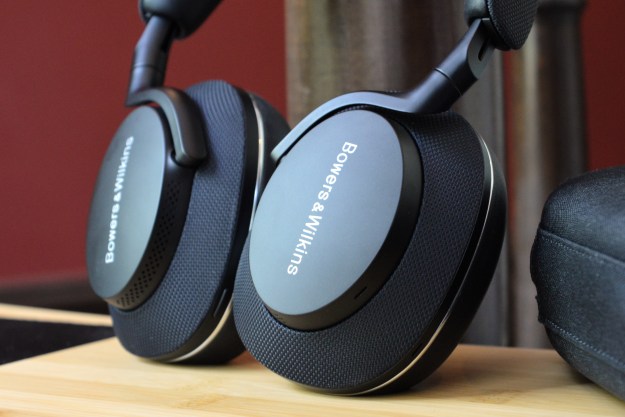They weren’t quite perfect, but when we reviewed the Bowers & Wilkins P7 headphones, we really liked them. Now they’re getting even better, as the company has announced the new P7 Wireless.
This isn’t the first time Bowers & Wilkins has taken its headphones wireless — last year we reviewed the company’s P5 Wireless and found enough to like. The P7 Wireless don’t just clip the wires from the original model, but also promise tighter bass, more defined vocals, and even better balance and clarity than the original.
The P7
All of the premium features of the original P7 are present here as well, including changeable memory foam ear cushions. The build is as stunning as ever, with aluminum, sheep leather, and other premium materials coming together to provide an eye-catching look.
With the transition to wireless, a handful of new features have been added, like onboard controls, which are located on the side of the ear cup and offer the same control features that would generally be found on the inline remote included in many wired earbuds. Battery life is no slouch, with Bowers & Wilkins claiming up to 17 hours of wireless playback before the headphones need to be charged via the Micro USB port.
If you’re wondering when you’ll be able to get your hands on these, there’s no waiting involved. The P7 Wireless are available now via the Bowers & Wilkins website for $400, the original price of the wired P7, which now sells for $50 less.
Editors' Recommendations
- Beats Solo 4: the latest on-ear headphones get spatial and lossless audio
- Sony’s ULT Power Sound headphones and speakers go big on powerful bass
- Bowers & Wilkins’ wireless earbuds get better battery life and longer range
- James Bond fans, these are your next headphones
- B&W’s flagship Px8 headphones cost way more than they were supposed to


